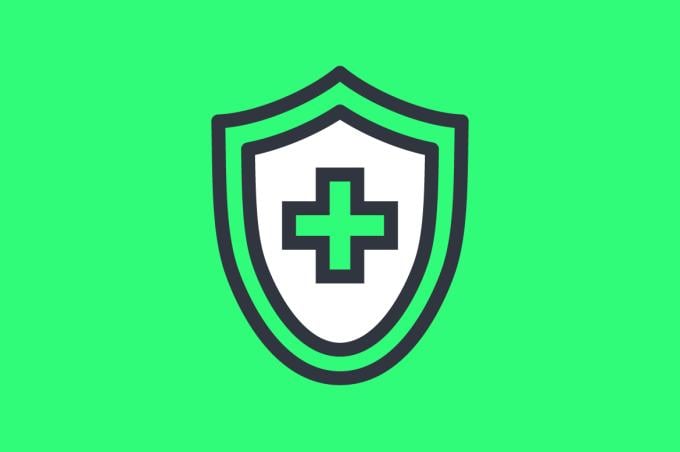Behavioral health generally refers to mental health and substance use disorders, life stressors and crises, and stress-related physical symptoms. Behavioral health care refers to the prevention, diagnosis and treatment of those conditions.
What experts are saying about behavioral health
According to the Substance Abuse and Mental Health Services Administration (SAMHSA) one in five adults (PDF) in the U.S. have a clinically significant mental health or substance use disorder. Furthermore, the prevalence and severity of mental health conditions among children and teens has increased sharply. Yet, many people fail to receive treatment due in part to the long-standing shortage of behavioral health providers.
A potential solution for closing this gap, particularly for those with the low- to moderate- conditions, is behavioral health integration, according to a 2020 RAND study conducted in collaboration with the AMA.
What is behavioral health integration?
Behavioral health integration (BHI) is the result of primary care teams (or teams in other care settings) and behavioral clinicians working together with patients to provide patient-centered care using a systematic approach. Different approaches or models may be taken to integrate behavioral health into primary care (such as family practice, internal medicine, pediatrics, obstetrics and gynecology) or other specialty care (such as cardiology or gastroenterology).
Benefits to incorporating behavioral health services
According to the Behavioral Health Integration Compendium (PDF), which serves as a tool to learn about effectively BHI implementation, integrating medical and behavioral health care services helps promote more accessible and equitable treatment of patients’ mental and physical health needs while reducing the stigma associated with behavioral health treatment.
BHI is also essential to advancing job satisfaction and overall improved quality of life for physicians and the broader care team as they report feeling less burnout knowing they can more fully care for their patients’ most pressing needs.
Additional benefits may include:
- Promoting whole-person care
- Closing treatment gaps
- Enhancing greater access to long-term monitoring and services
- Reducing risk of self-harm
- Increasing positive health outcomes
- Improving patient satisfaction and convenience
- Promoting long-term, cost-effective value for practices
BHI in practices
By bringing together medical and behavioral health services, the primary care team is better positioned to not only address the comprehensive needs of the patient but evolve their efforts as patient and workflow needs shift and change.
A variety of different workflows and models exist to integrate behavioral health care into primary care. Practices can select the approach that works best for them based on their size, patient population, current staff capabilities, technology and more, with numerous opportunities to modify such efforts as patient needs and practice resources evolve.
With this in mind, the AMA has created behavioral health how-to guides to provide physician practices and health systems with actionable, evidence-based strategies in key areas of needed support, including pharmacological treatment, substance use disorder screening and treatment, and suicide prevention. In addition, adopted AMA policies drive and inform the AMA’s work on BHI.
Using technology to accelerate BHI impact
To further address and combat the growing behavioral health crisis, practices may adopt virtual behavioral health care programs through technologies such as telehealth. Such digital tools can further enhance patient management and treatment throughout the BHI patient journey. Supporting telehealth is a critical component of the AMA Recovery Plan for America’s Physicians.
In a May 2022 Moving Medicine update, Parinda Khatri, PhD, CEO of Cherokee Health Systems, notes that telehealth is another way to provide access to patients that might not otherwise have it or provide flexibility to those patients who prefer virtual care. “What this technology does is it allows us to tailor the care that we want to partner with patients in providing,” says Dr. Khatri.
Explore other AMA resources on behavioral health
The Behavioral Health Integration Collaborative, established by the AMA and seven leading medical associations, is dedicated to catalyzing effective and sustainable integration of behavioral and mental health care into physician practices.
Other key behavioral health resources include:
- Behavioral health integration in physician practices
- Compendium of behavioral health integration resources for physician practices
- Behavioral health integration webinar series
- AMA Journal of Ethics:
- AMA EdHub™:
- Behavioral Health Integration Into Primary Care: Expand Patient Access to Behavioral and Mental Health Services and Improve Patient Care
- Behavioral Health Care Outside the Binary
- AMA Guides Sixth 2021: Why Mental and Behavioral Health Updates Are Important
- Ethics Talk: How Crisis Intervention Team Training Improves Safety
- Effect of Text Messaging and Behavioral Interventions on COVID-19 Vaccination
Reviewed by: Christopher Botts, AMA Care Delivery and Payment Senior Manager
Reviewed on: August 16, 2022




